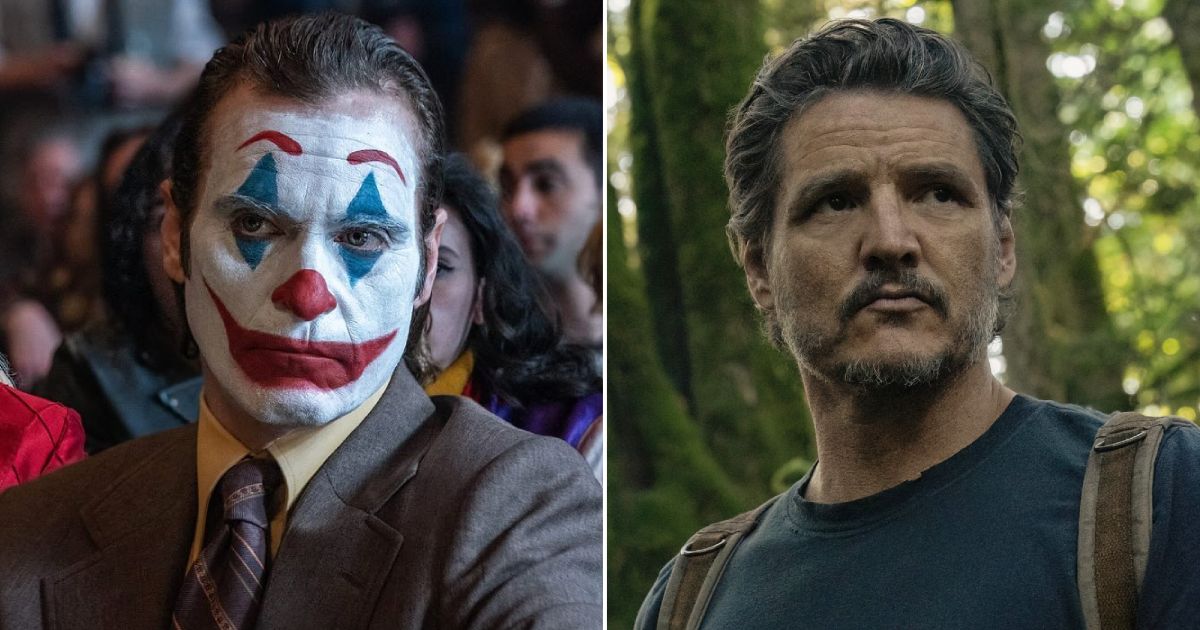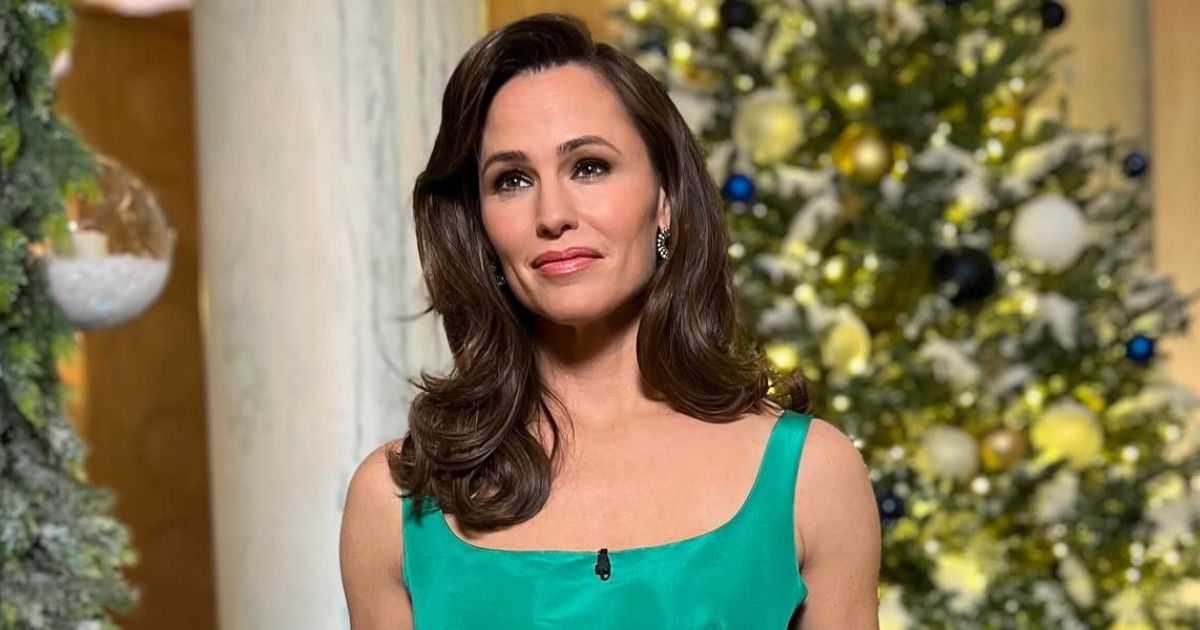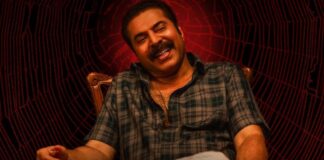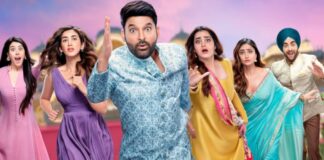
Hollywood is experiencing a slump, from audience approval to box office performance, yielding polarizing outcomes. Contemporaneous failures of established properties like Joker, House of the Dragon, and The Last of Us are being attributed by creators to so-called ‘toxic fandoms,’ right-wing extremism, or broader cultural wars to save face.
This deflection crystallized when The Last of Us creator Neil Druckmann recently made admissions insinuating his disdain for a fan-favorite character during a interview on Last Stand Media. Such convictions reinforce the impression that studios and showrunners are increasingly willing to scapegoat their long-standing fandoms through this lens. But how much of that is sincere, and how much of it is a strategic blame game?
Why Is The Last of Us So Adamant About Making Joel The Villain?
TLOU gave Neil Druckmann another chance to honor his game’s legacy. Instead, the adaptation deviated further, revealing a crystalline desire to rotate protagonists with each season. When Joel (Pedro Pascal) is killed off in Season 2, it’s more brutal than in the game and borders on a personal vendetta on Druckmann’s part.
Trending
Additional flashbacks aim to reframe Joel not as morally grey but outright flawed, as if justifying his removal. Druckmann’s insistence that the Fireflies “definitely” would have created a cure if not for Joel sounds less like interpretation and more like forced canon, exposing how creative bias can slide into outright character assassination.
Have The House Of The Dragon Showrunners Hijacked George R.R. Martin’s Story (And Run It Into The Ground)?
Such incantations are increasingly ritualistic in modern Hollywood, particularly as the political divide sharpens, and even HBO’s House of the Dragon illustrates this notion. Unlike George R. R. Martin’s nuanced source material — and despite his forewarnings — HOTD showrunners Ryan Condal and Sara Hess rendered the characters reductively binary in the sophomore season, stripping them of their moral complexity.
The duo’s choices indicate an aversion to depicting female leads like Rhaenyra Targaryen and Alicent Hightower as morally ambiguous, contributing to the broader “Mary Sue” discourse. This revisionism dismantles the tension that defined the original saga, alienating long-standing fans in the process and compartmentalizing fan-favorite characters like Daemon, descending into incessant inaction.
If Joker 2 Is So Deep, Why Are Fans Wrong To Interpret It Their Way?
It’s hard to discern any contextualization that spares Todd Phillips, writer-director of Joker: Folie à Deux, for his work on the DC sequel. Fans were genuinely excited for a sequel to the acclaimed Joaquin Phoenix-starrer, and early trailers struck the right tone. But just as critics disclosed its incoherency and pretentious inclusion of jukebox musical numbers, the anticipation soured.
Adding fuel was Joker 2’s apparent contempt for Joker’s supporters. For an ostentatious film positioning itself as “deep,” it’s reasonable — not conspiratorial — to conclude that Phillips resented the cult admiration for the Joker, thus deliberately deconstructing him.
Hollywood Desperately Needs Self-Reflection — But Keeps Stalling It
When fans anticipate new content only to be subjected to abrasive ideological signaling and sermons, their disappointment isn’t fundamentally rooted in racism, misogyny, or bigotry but in betrayal. It is natural to recoil from what feels disingenuous and contemptuous—an awry, unwelcome jumpscare.
For Hollywood executives to ordain themselves as ameliorators of civilization while disregarding fans’ perturbation is, in itself, incendiary. Branding fans as hateful or regressive only aggravates their endeavor, exposing that the disconnect is rooted in the writers’ hubris. If only they could acknowledge the blind spot that their belief in moral superiority refuses to see, and allow room for self-reflection.
Advertisement
For more such stories, check out Hollywood News
Follow Us: Facebook | Instagram | Twitter | YouTube | Google News



 Follow Us
Follow Us










![Tu Meri Main Tera Main Tera Tu Meri Box Office: Kartik Aaryan & Ananya Panday Will Rewrite ROI History With Their Gen-Z Approved Chemistry! [Opinion] Tu Meri Main Tera, Main Tera Tu Meri Box Office: Kartik Aaryan & Ananya Panday Will Rewrite ROI History](https://www.koimoi.com/wp-content/new-galleries/2025/12/tu-meri-main-tera-main-tera-tu-meri-box-office-kartik-aaryan-ananya-panday-will-rewrite-roi-history-01-324x160.jpg)
